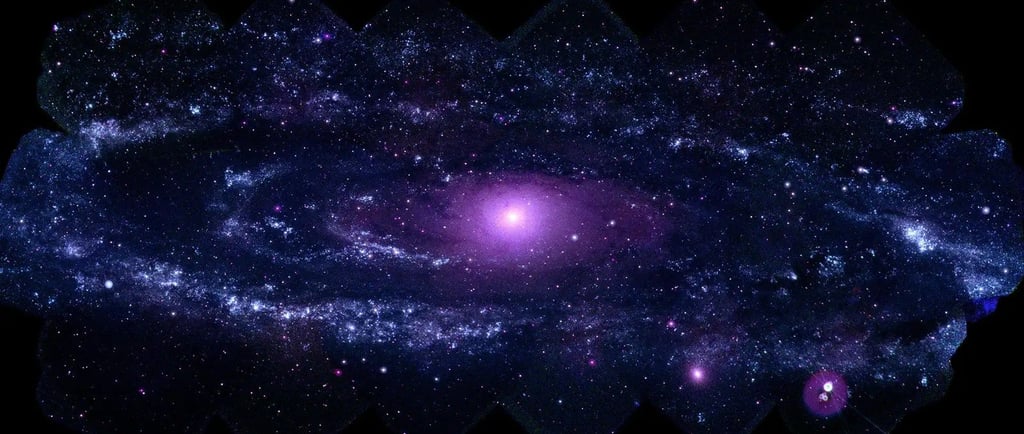The Evolution of Galaxies: From Spiral Arms to Ring Structures


The Formation of Spiral Galaxy Bars
Galaxies are among the most magnificent structures in the universe, with their dynamics intricately tied to their evolution. One fascinating aspect of this evolution is the formation of spiral galaxy bars. These bars emerge when stars, gas, and dust congregate at the bases of spiral arms, creating temporary structures that serve as focal points for further galactic activity. Over time, this buildup creates denser regions that are conducive to star formation, contributing to the vibrant life cycle of a galaxy.
Collisions and Mergers: A Catalyst for Creation
The interplay of galactic collisions and mergers fuels the evolution of galaxies in profound ways. When two galaxies collide, they can compress gas clouds, sparking new rounds of star formation. Such interactions can lead to the transformation of a spiral galaxy into an irregular one, dramatically altering its structure and appearance. This chaotic process introduces gravitational ripples that may disturb the orbits of stars, dust, and gas, leading to the dispersal of material throughout the newly formed structure.
The Birth of Ring Galaxies
Once a large galaxy merges with a smaller one, the resulting cosmic dance can result in extraordinary formations, including ring galaxies. These unique structures often feature a ring of material at their edges, characterized by an abundance of stars, gas, and dust. This material accumulates due to the gravitational influences of the participating galaxies and can initiate pockets of star formation, enriching the greater galactic ecosystem. The understanding of how these ring structures form helps astronomers piece together the intricate history of our universe.
In conclusion, the evolution of galaxies, shaped by the fusion of spiral arms, collisions, and mergers, reveals the dynamic nature of cosmic structures. As we continue to study these phenomena, we gain deeper insights into the complexities of galaxy formation, including the significant role that temporary structures, interactions, and gravitational dynamics play in this cosmic ballet.
